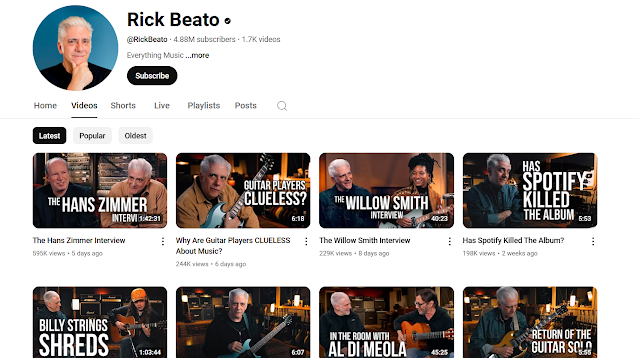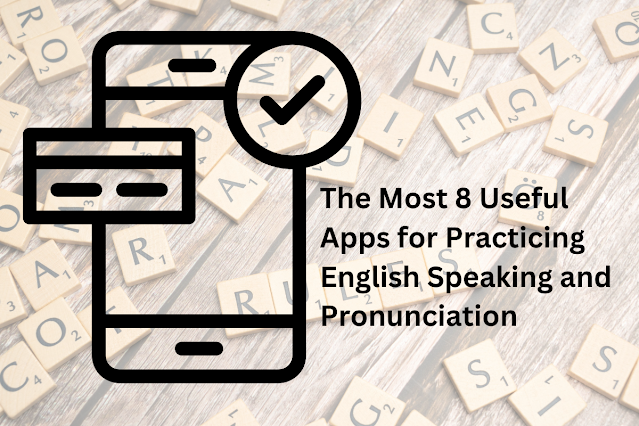The Best YouTube Channels for Learning Music Theory
Becoming a skilled musician is easier now more than ever. With countless resources at your fingertips, mastering music theory no longer requires expensive lessons or years of formal training. It’s never been easier to explore the building blocks of music, from scales and chords to complex harmonic concepts, all from the comfort of your home. Not too long ago, I was where you are right now. I had a passion for music, but I had no idea where to start or how to connect the dots between theory and practice.
Many aspiring musicians feel overwhelmed when they first begin their journey. When you’re just starting out, I know exactly how confusing it can be to navigate the world of music theory. That is why I have put together this guide to help you find the best YouTube channels for learning. These creators explain complex ideas into simple, actionable steps, often with practical examples that bring theory to life. I will also cover a variety of channels designed to different instruments and genres, ensuring there’s something for everyone. Whether you are a guitarist, pianist, or just curious about how music works, these resources will set you on the right path.
Music Matters
It covers a wide range of topics, from basic notation to advanced analysis, and you can either follow the lessons in order or jump to specific topics that interest you. For those of you who prefer a structured learning style, this channel is ideal. The downside is that you don’t get much focus on modern or popular music, so if you’re looking for lessons on contemporary genres, you might find the content a bit limited. However, the depth of knowledge and clarity of instruction more than make up for it.
Pros and Cons:
Pros:
- Clear, structured lessons that are easy to follow.
- Ideal for classical music enthusiasts and exam preparation.
- Covers both beginner and advanced topics in detail.
Cons:
- Limited focus on modern or popular music genres.
- Lessons can feel dense for casual learners.
Who It’s For
Music Matters is perfect for students, classical musicians, or anyone looking to build a strong theoretical foundation. If you’re someone who enjoys a methodical approach to learning, this channel will feel like a trusted guide on your musical journey.
Rick Beato
Also, Rick’s teaching style is both informative and entertaining, just like having a conversation with a knowledgeable friend. You can study everything from basic scales to intricate modal concepts, and some videos even feature guest musicians sharing their insights. You can get tips on songwriting, production, and ear training, all of which are valuable for any musician.
Pros and Cons:
Pros:
- Rick’s ability to connect theory to popular songs makes learning enjoyable and relevant.
- His videos are packed with practical examples that you can apply to your own playing.
- The channel covers a wide variety of genres, appealing to a broad audience.
Cons:
- Some videos can feel overwhelming for absolute beginners due to the depth of information.
- The focus on advanced topics might not suit those looking for simpler, step-by-step lessons.
Why It’s Worth Watching
Rick Beato’s channel is distinctive for its combination of music theory and practical application. Whether you’re analyzing a hit song or delving into complex harmonic ideas, his love for music is evident in every video. If you’re looking to deepen your understanding of how music works, this channel is a goldmine of knowledge and inspiration.
Adam Neely
Pros and Cons:
Pros:
Adam Neely’s channel is perfect for those who enjoy a blend of music theory with broader cultural and scientific contexts. His ability to explain intricate concepts in an accessible way is a major strength. The variety of topics ensures there’s always something new to learn.
Cons:
Some viewers might find his content a bit too much if they’re looking for straightforward, beginner-friendly lessons. The philosophical and scientific tangents, while enchanting, may not appeal to everyone.
Why It’s Worth Your Time
Adam Neely’s channel is ideal for musicians who want to think outside the box. His videos challenge conventional ideas and encourage creative examination, and then leave you with a fresh perspective on music. If you’re ready to expand your understanding of theory in unexpected ways, this channel is a must-watch.
Signals Music Studio
Yes, you’ll have to put in some effort to fully grasp the material, as Jake doesn’t shy away from depth, and you must be ready to experiment with what you learn. For those of you who prefer a more visual and practical approach to theory, this channel is a perfect fit.
Pros and Cons:
Pros:
- Clear, step-by-step explanations tailored for guitarists.
- Practical examples that apply directly to playing.
- Relatable and easy-to-follow teaching style.
- Covers a wide range of topics, from beginner to advanced.
- Visual aids that simplify complex concepts.
- Encourages creativity and experimentation.
Cons:
- Primarily focused on guitar, which may not suit other instrumentalists.
- Some videos assume a basic understanding of music terms.
- Limited coverage of genres outside rock and pop.
Why It’s Worth Your Time:
Signals Music Studio excels for its ability to demystify music theory for guitar players. Jake’s approach is both practical and inspiring, making it easy to see how theory can enhance your playing. Whether you’re writing your own music or just want to understand the songs you love, this channel offers tools that are immediately useful. If you’re a guitarist looking to deepen your knowledge without feeling burdened, Signals Music Studio is a wonderful resource.
David Bennett
David’s approach is refreshing because he connects theory to real-world examples. His explanations are clear, and his enthusiasm is contagious. Whether you’re a casual listener or a dedicated musician, his channel makes theory feel relevant and fun. After discovering his content, you’ll find yourself listening to music with a deeper appreciation for its structure and artistry.
Why It’s Worth Your Time
David Bennett’s channel is perfect for anyone who wants to learn theory without feeling confused. His ability to connect complex ideas to familiar music makes the learning process enjoyable. Whether you’re a beginner or an experienced musician, his content will inspire you to think differently about the songs you love. Give his channel a try, and you might just discover a new way to appreciate music.
Nahre Sol
Pros and Cons:
Pros:
- Combines music theory with creative composition.
- Clear and relatable explanations for complex ideas.
- Features original pieces that demonstrate theory in action.
- Includes practical challenges to apply what you’ve learned.
Cons:
- Primarily focused on piano, which may not suit all instrumentalists.
- Some videos assume a basic understanding of theory.
- Less emphasis on beginner-level concepts compared to other channels.
Why Choose Nahre Sol?
If you’re looking for a channel that bridges the gap between technical knowledge and creative expression, Nahre Sol’s work is a perfect fit. Her ability to demonstrate theory through her own compositions adds a layer of authenticity and inspiration that’s hard to find elsewhere.
MusicTheoryForGuitar
For example, in their lessons on scales, you can immediately visualize how to apply the theory directly to the guitar neck. The explanations are clear, and the pace is manageable, making it ideal for beginners and intermediate players alike. The channel presents information in a clear and digestible manner.
Pros and Cons:
Pros
- Provides practical, guitar-focused lessons that are easy to follow.
- Simplifies complex music theory, especially for guitar players.
- Lessons are clear and paced in a way that allows for easy understanding.
Cons
- Doesn’t cater to musicians outside of guitar, so it’s not as versatile for other instruments.
- Some concepts may feel too basic for advanced guitarists looking for more in-depth theory.
Open Studio
Rather than just help you understand the technical aspects of jazz, they emphasize creativity and expression, along with the historical context that shaped the genre. Instructional content provides structured lessons that enable users to improve their improvisational skills and explore new harmonic possibilities.
Pianote
The Online Piano & Violin Tutor
This channel is ideal for someone who prefers a patient and encouraging approach to learning. While the lessons focus primarily on theory application, there are also technique-building exercises and practical demonstrations to help reinforce understanding.
Also, the wide range of topics guarantees that learners at any level gain valuable insights and practical guidance. The tutorials include structured exercises just like traditional music classes, and some even incorporate real-time play-along sessions for added practice.
You can get practical advice on improving finger strength and coordination. The downside is that you don’t get immediate feedback from an instructor, so you must assess your progress independently. However, the clarity of instruction makes it easier to follow along without confusion.
Pros and Cons:
Pros
- Simple explanations suitable for beginners
- Covers both piano and violin techniques
- Friendly and encouraging teaching style
Cons
- No real-time feedback
- Limited focus on advanced music theory
Who Is This Channel For?
This channel is great for self-motivated learners who want to improve their piano or violin skills without the pressure of formal lessons. Whether you're a beginner or an intermediate player, you'll find plenty of guidance to strengthen your technique and music theory knowledge.
Conclusion
I am sure now you have an idea about which channel will suit your learning style. Each one provides a unique way to understand music theory, whether through practical demonstrations, historical context, or real-world applications.
When selecting a channel, consider your instrument, skill level, and preferred teaching style. Some focus on structured lessons, while others explain concepts through popular songs. Furthermore, it’s essential to choose one that keeps you motivated and interested in learning.
Above are the best channels that let you explore music theory in a way that feels natural and enjoyable. I hope this guide helps you find the perfect resource to build your musical knowledge.






















